#Belle époque fashion
Explore tagged Tumblr posts
Text

1908 (September) Les Modes - Robe d'interieur par Paquin - photo by Reutlinger. From gallica.bnf.fr; fixed spots & flaws w Pshop 1386X2081.
#1908 fashion#1900s fashion#Belle Époque fashion#Edwardian fashion#Paquin#Reutlinger#house dress#headband#pouter pigeon bodice#coat#three-quarter length sleeves#flared sleeves
695 notes
·
View notes
Text

Paul Poiret (French, ) was one of the most influential fashion designers of the first half of the 20th century. He is credited with freeing women from the corset with his draped, unstructed styles that revolutionized the fashion world. Instead of tailoring, Poiret designed his fashions by draping and folding, creating unique pieces that echoed the traditional styles of the East. Art Deco fashion also became synonymous with Paul Poiret.
“Whenever I sign a garment with my name, I consider myself the creator of the masterpiece.” – Paul Poiret

Sorbet, created in 1912, is one of Poiret's signature designs. It was referred to as the "lampshade dress".



Poiret's first successful design was a kimono coat which he created while working for the design house of Jacques Doucet.


Left: Madame Poiret, Paul's wife, in 1912, wearing one his more bohemian creations
Right: Model wearing a Paul Poiret dress, 1914
Poiret's original designs and his ability to market his styles in new ways changed the fashion landscape forever. He designed outfits for film actresses, creating opportunities for his styles to be seen and credited beyond the runway. He was quite the bon vivant – a masterful host of events and parties that showcased his latest styles.

Fancy dress costume • 1911 • Metropolitan Museum of Art
The costume pictured above was influenced by the Russian dance company, Ballets Russes, when it performed in Paris. Poiret designed the costume for his 1002nd Night party in 1911, where it created tremendous publicity for his fashion house.
#fashion history#paul poiret#french fashion design#belle époque fashion#art deco fashion#lampshade dress#the resplendent outfit blog#women's fashion history#early 1900s fashion#designer fashion#vintage designer fashion#kimono fashion#historic clothing#old fashion photos
40 notes
·
View notes
Text


Evening Dress
c. 1913-1915
Franklin Simon Co.
Canadian Museum of History
#1910s#belle epoque#belle époque#Edwardian#fashion history#Edwardian era#historical fashion#dress history#history of fashion#1910s fashion#frostedmagnolias
2K notes
·
View notes
Text




💜 Purple silk velvet, chemical lace, silk organza, ca. 1898-1899 💜
490 notes
·
View notes
Text

Repose, John White Alexander (American), 1895
#john white alexander#19th century#19th century art#art#artwork#painting#oil painting#gilded age#oil on canvas#american art#american artist#art nouveau#gilded age art#art history#paintings#belle époque#classical art#historical fashion#fashion#paris#women in art#fin de siècle
270 notes
·
View notes
Text
Etiquette of the Edwardian Era and La Belle Époque: How to Dress
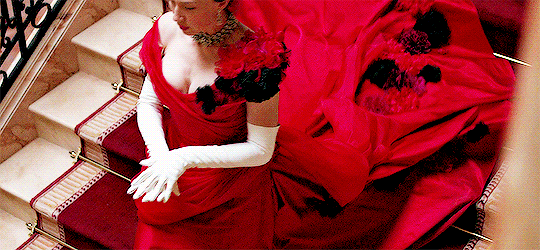
This is a new set of posts focusing on the period of time stretching from the late 19th century to the early 20th Century right up to the start of WWI.
I'll be going through different aspects of life. This series can be linked to my Great House series as well as my Season post and Debutant post.
Today will be focusing on the rules of clothes with this time period.
A Cut for Every Occasion
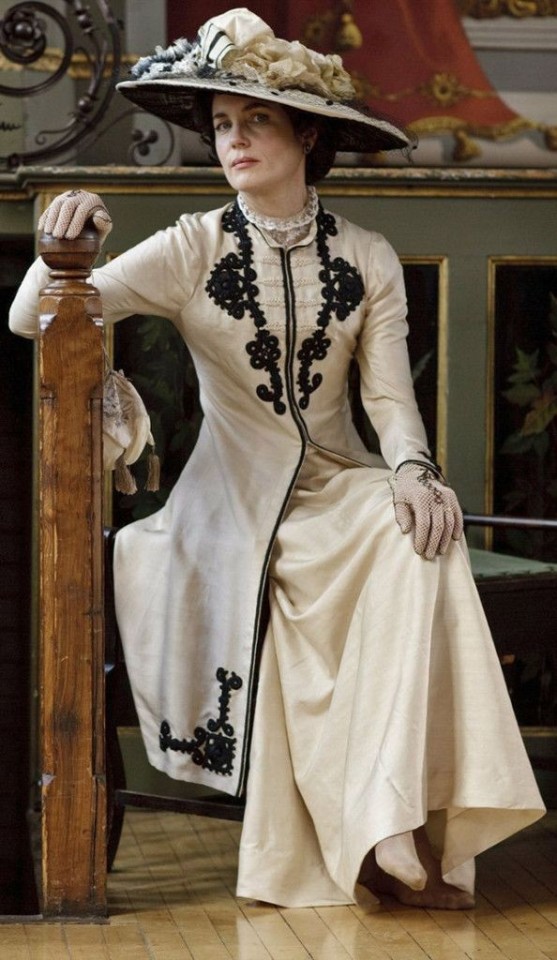
As you may know, the wealthy elite and their servants lived extremely regimented lives and every aspect was governed by careful rules. They would be expected to wear the right outfit at the right time, every minute of the day. Any misstep would be noticed at once and be subject to scruntiny.
In the circles of the elite, one would be expected to change for every occasion. One simply wouldn't wear the same outfit they've been lying around the house in to attend tea at somebody's house. Fashion in this era was dictated by the clock and by the event diary of the wearer.
Ladies

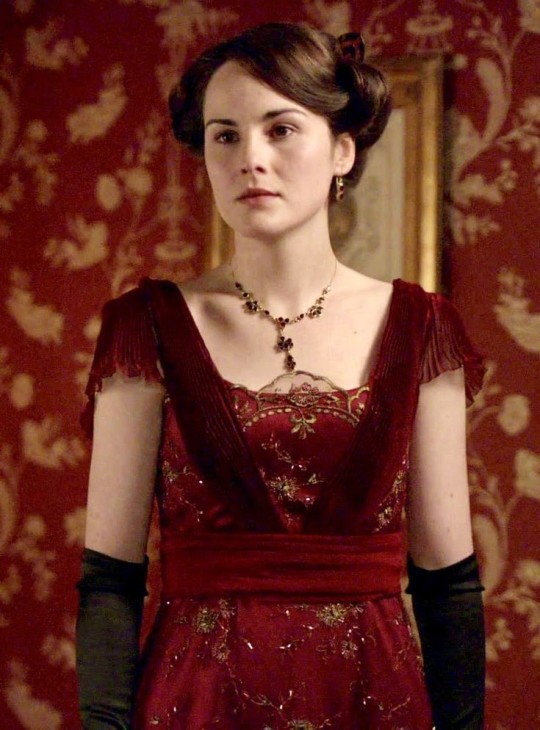
Women of the upperclass would be expected to change at least six times a day. When she would rise for a morning of repose around the house, she would simply wear a house gown or a simple blouse and skirt. If planning a morning stroll, she would change into a walking suit which is a combination of blouse, skirt and jacket along with her hat usually of tweed. If running errands or paying a visit to friends, she would wear another walking suit. If riding, she would wear a riding habit and a hat. If hosting tea or taking tea in her own home, she would change into a tea gown with is a lighter more airier gown more comfortable for chilling in. If attending a garden party, one wears a pastel or white formal day gown accompanied by a straw hat and gloves. For dinner, she would change into an evening gown which would be more elaborate and show off a little more skin than her day wear. After dinner and ready for bed, she would change into her nightgown.
Female servants had an easier time of it. A housekeeper and lady's maid would simply wear a solid black gown for the entire day. A cook and kitchen maids would wear a simple day dress for working with an apron. Housemaids would usually wear a print dress with an apron and cap, changing into the more formal black and white attire you would associate with a maid.
Gentlemen
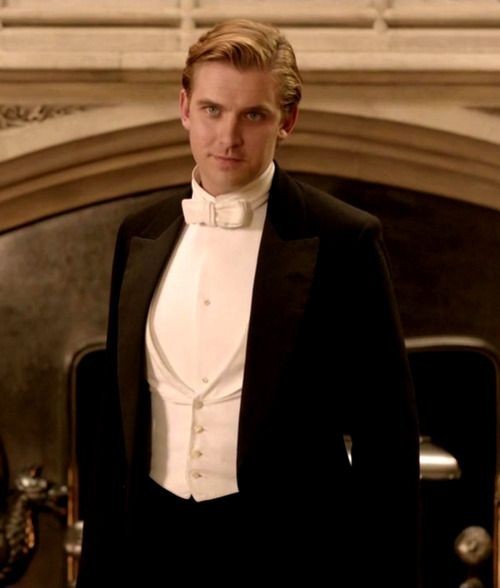
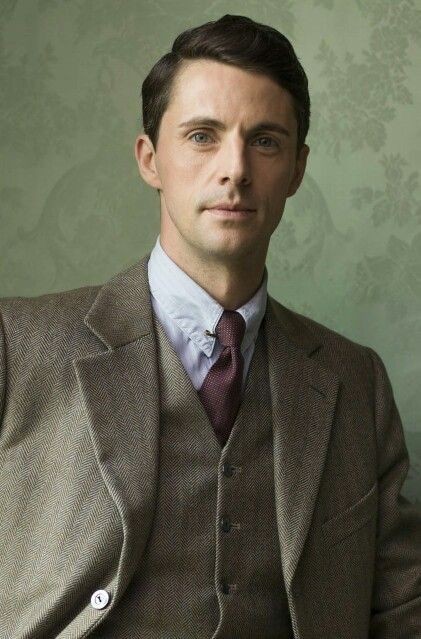
The gentlemen had an easier time but they too were subject to changes throughout the day. Men were expected to wear a suit. The most popular day time suit was a sack suit. These were comprised of plain and loose fitting jackets, worn over a starched shirt with a high collar, waistcoat and straight trousers with ironed creases. These suits were exclusively wool with cheaper ones made of a wool and cotton blend. Grey, green, brown, navy were usual but sine younger men preferred louder colours such as purple which was a trend for a time in the 1910s. These suits were worn about the house or in the city accompanied by a coat. Men would change into tweed if shooting or walking. For garden parties, a gentleman would wear a light coloured suit, usually white and a straw hat. For dinner, a man had two choices: his tails or his dinner jacket. A dinner jacket was for less formal suppers say if dining at home. This was a collection of a jacket, trousers, waistcoat, a bow tie, a detachable wing-collar shirt and black shoes. Lapels of these jackets were edged with silk or satin. Tails were worn at a formal dinner party, at White Tie events. This was made up of a tailcoat, white piqué waistcoat, a starched dress shirt with a pique bib and standing wing collar with a white bow tie. Trousers were lined with trim to hide the seams.
Male servants were soared changing. Footmen would wear their livery around the clock which would resemble white tie to a certain extent or mimic court dress of palace servants. Butler's would wear a variation of a gentleman's evening suit throughout the day. When a male servant is dressed, he usually stays that way. However, a valet or a footman may be taken to pick up during shooting parties where they would wear tweed walking suits.
Jewellery
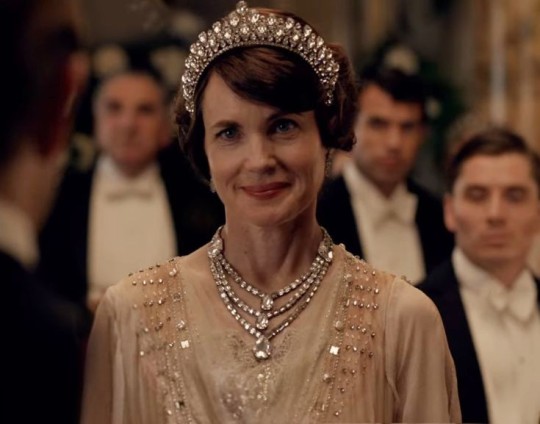
Jewellery was an important sign of status in society. Upperclass women of this time has access to untold caches of sparklers but there were rules concerning their use and meaning. Earrings were usually clip ons as women of high status would not pierce their ears. Simple, understated earrings were worn during the day with more ostentatious sets were worn in the evening time. Broaches were popular at this time, usually worn at the throat of a gown or blouse or walking suit or affixed on hats. Large stoned rings were worn over gloves while slender bands were worn under. Jewellery was intricate and understated amongst old money whole the nouveau riche went for chunkier stones and larger settings. Tiaras were only worn at White Tie events, held after six pm and almost never by unmarried girls. One would not wear a larger tiara than that most senior lady present. Men would wear tie pins, cufflinks and pocket watches to match any occasion be it for a jaunt on the town or at a formal evening party.
Hats
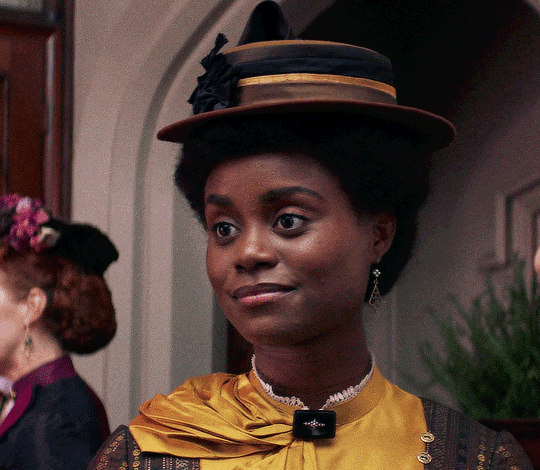
Hats were a staple in this period. Anybody respectable from any class wouldn't venture out of the door without a hat.
Men would wear hats when heading out but always remove them when entering a building, and never wear one without removing it for the presence of a lady. The bowler was seen as more a servant's headwear while a top hat was reserved for gentlemen. Flat caps would be only seen on gentlemen at shooting gatherings or in the country, they were popular among the common class for any informal occasion.
Women had more stricter rules concern hats. Hats for women were more a day accessory worn while out and about. A woman would not wear a hat in her own home even when entertaining and nor would any of the other female occupants if joining the gathering. A woman would not remove her hat when attending a luncheon or tea or any activity. Hats were held in place by a ribbon or sash tied under the chin or by a hat pin, which is essentially a large needle thrust through the hair. This was the period where women's hats became more ornate and rather large, leading to some critisism. Among servants, housekeepers and lady's maids would not wear a hat while indoors and working but a housemaid or cook or kitchen maid would cover their hair with a cap with housemaids changing into a more elaborate one come evening time. Male servants would not wear hats unless travelling or outdoors.
Gloves

Gloves are a staple in this period and worn only at the opportune time. Among servants, only footmen would wear gloves and usually only when serving. Butlers would never wear gloves. Female servants did not wear gloves.
Men did wear gloves, usually woollen or leather while outside or riding gloves when out on horseback.
Women wore gloves whenever outside. Day gloves were usually wrist length, with evening gloves stretching to the elbow. During dinner, evening gloves would be removed at the first course and laid across the lap, replaced at the last course when the ladies leave for tea and coffee after where the gloves are then removed again. Gloves are always worn when dancing and at the theatre or opera. If one is sitting in ones box and sampling some chocolate, one can remove their gloves for that.
Hair and Makeup
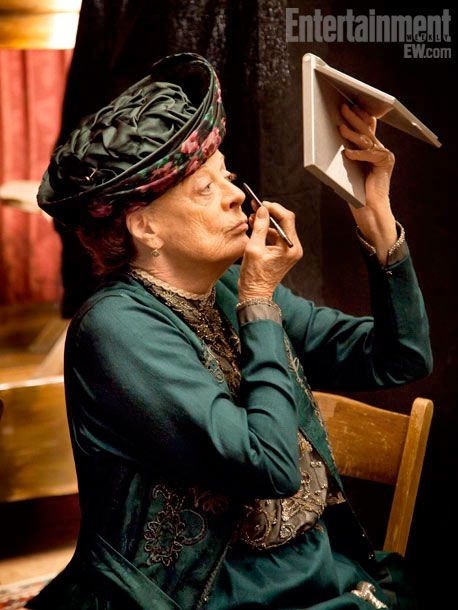
Make up was a no-no amongst the upper crust and for their servants in England and America, as it was seen as licentious but in France, the use of rouge was accepted. Perfume and cologne were acceptable but excessive use was frowned upon.
Hair was dressed by one's lady's maid. Bouffant updos were popular in this time period for married women. During the last years of this period, women began adopting the 'bob' but this was seen as radical and sometimes scandalous. Unmarried girls could wear their hair down, often with accessories like a bow to adorn their tresses. Servants would always tie up their hair and never be seen with it down or uncovered (though this depended on their job).
Men would comb their hair, slicking it back for dinner. Most men were clean shaven but if they wore beards, they were usually well groomed. Hair was kept short for grown men and teenagers but young boys may wear their hair longer whilst in the nursery.
#This bitch loooonnnnggg#Etiquette of the Edwardian Era and La Belle Époque series#Fantasy Guide#Early 20th Century#late 19th century#Great houses#writing#writeblr#writing resources#writing reference#writing advice#ask answered questions#writing advice writing resources#writers#Writing advice writing references#Writing references#Historical fiction#1900s#1890s#Fashion
673 notes
·
View notes
Text

Women's Red and Black Day Dress, 1897.
#fashion plates#historical fashion#19th century#century: 1800s#clothing#women's fashion#nationality: french#dress#era: victorian#day dress#year: 1897#decade: 1890s#nationality: dutch#publication: de nouveaute#red#black#day wear#gown#era: late victorian#colour illustration#op's favourites#era: belle époque#era: french belle époque#era: third republic
58 notes
·
View notes
Photo

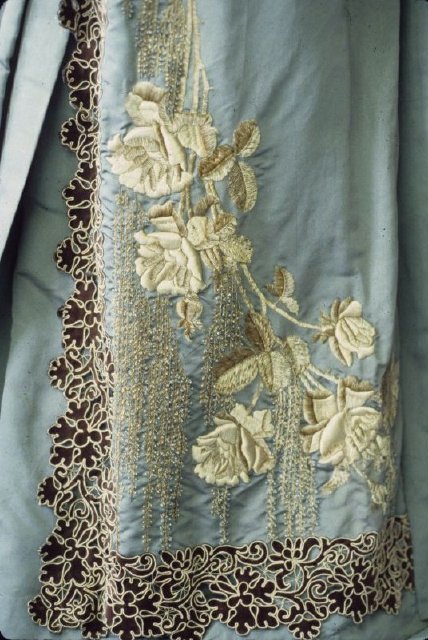
Mme Chamas, 66 Rue des Petits Champs, Paris
day dress
France, 1890-1892
459 notes
·
View notes
Text
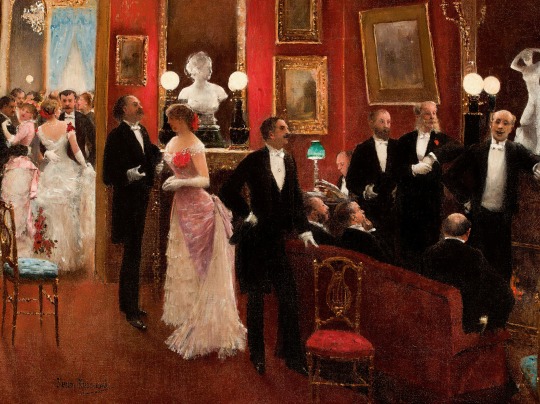
Scène Du Bal Jean Béraud
#Jean Béraud#french art#edwardian#1900s#early 20th century#art#painting#art history#fashion#party#ball#Belle Époque
184 notes
·
View notes
Text
Olga Paley's life of luxury in Paris

Olga’s diaries, which survive in the state archives in Moscow, are an endless catalog of self-indulgence, of her expenditure on dress fittings and hairdos several times a week, on perfume from Roger & Gallet and Houbigant, on beauty products from Guerlain. She had already become acquainted with the best shops on the rue de la Paix before she met Paul—from accompanying her first husband, Erich von Pistohlkors, on trips abroad. She was a regular patron of Paquin, whose gowns cost 5,000–6,000 francs each, and had become a devoted customer of Charles Worth—a few doors down from Cartier.
Olga dreaded getting fat and not being able to squeeze into her gorgeous, expensive gowns, so avoided eating at table, instead having snacks in private between meals. It was worth it for the moment of triumph she enjoyed at Madame Yturbe’s Hungarian costume ball in 1912, where she arrived dripping in luxury: a dress by Worth encrusted with rows of pearls and a Cartier tiara of pear-shaped diamonds on the bodice, an imposing hussar-style fur hat bearing a Cartier diamond and pearl corsage, and a matching fur cape. Olga’s coiffure for the occasion cost 9,950 francs (around $700) at the hairdresser Savary. A photograph of her in full rig by fashionable photographer Boissonas & Taponier and widely circulated in the press marked the high point of Belle Époque fashion.

On a typical day in May 1904, Olga had noted in her diary a trip to jeweler André Falize to inspect Princess Mathilde’s jewels* and “then to Cartier to look at different objects and buy some.” After lunch she ordered a hat at Meyer’s establishment, and then went to the Austrian patissier Anton Rumpelmayer on rue de Rivoli for tea and gateau, then once more back to Cartier. Such shopping expeditions, she wrote in her diary, were all “terribly exhausting,” as were the never-ending stack of invitations that demanded her and Paul’s attendance at charity fetes, baptisms, marriages, garden parties, balls, and trips to the opera and theater. When it all got too much, they would head off with their children to Biarritz, the South of France, or Italy, or go to Germany to “take the cure.”
"After the Romanovs" - Helen Rappaport
#romanov#paul alexandrovich#olga paley#imperial russia#imperial family#royalty#grand duke#belle époque#paris france#cartier#worth#paquin#fashion history#early 20th century
11 notes
·
View notes
Note
out of curiosity i listened to steampianists ‘the botanist’ that you talked about in the tags of my last ask…it really is perfect for rollo. my god. i can imagine him going to great lengths to ensure his love blooms with his darling. if you ever write that fic ill print it out and tape it to my walls. rollo and the two? fics youve written live rent free in my brain and im composing a playlist for him now. i am. in deep.
-pot roast brain anon from a couple days ago
Pot roast anon, hello!!!!!! >w< omg I'm so happy you listened to the song and agree that it suits Rollo!!! The story is so eerily visceral. I love it so much. "The Detective" is the sequel to "The Botanist" and it involves the singer (the detective) trying to solve the murders committed by the botanist, but in the process he's interrupted by the scientist from "Black Hole" after she brings on the end of the world with her experiment! I adore Steam's work. Every song is so good. orz
I love these lyrics from "The Botanist":
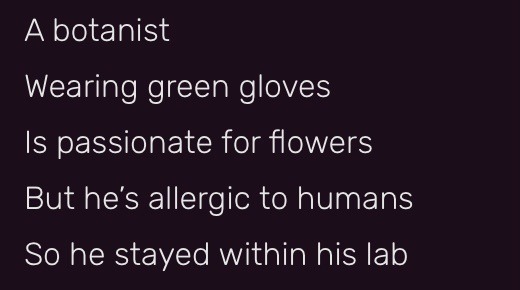
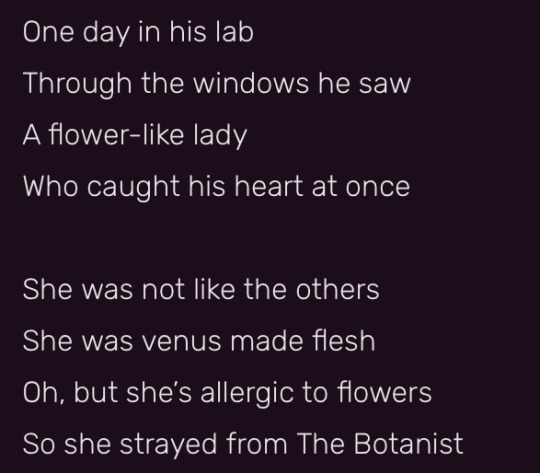

A lady who is allergic to flowers and a botanist who is allergic to humans,,, waaaa it's such a yummy concept!!! Rollo who is allergic to humans (magic) falling for a darling who is so in tune with their magic...... and the way the gloves go from green to red over the course of the song, indicating that something dire happened to the lady (it's revealed in "The Detective" that the botanist would remove the hearts of the women he kidnapped). The symbolism in making someone or something bloom. Rollo whose talent is literally gardening. Rollo who cared for and grew the Crimson Lotus........ I LOVE HIM SO MUCH. OTL he really does feel like the botanist character in the song.
ALSO!!!! The way the lyrics transition from "passionate for flowers" to "passionate for a flower." Going from plural to singular as this flower (the lady) fills the botanist's heart with some sort of crooked adoration. A darling couldn't fix Rollo. In fact, you would just make him worse (more obsessed) unintentionally. >_< I really want to write a fic inspired by this song for Rollo!!! It suits him so well. I'm happy you would want to read a fic like that!! <3
I've only written three fics for Rollo so far (The Diary of Rollo Flamme, Eden, and Crow & Goat in Courtship), but it's not nearly enough. He was so crazy during his confrontation with Malleus, Idia, and Azul in Glomas. The way he actively tried to strike Malleus down????? AAAAAAA. Unfortunately, Rollo will indeed strike him down in the dead dove fic I have planned. ;;;; he's scary,,,,
I think "The Botanist" could also suit Jade if I'm writing him as the clinically detached type (like in Monops's Reflection), but I need to get the eels out of my brain. T^T
#twisted chit chat#forgive me for rambling excessively orz#i really love steampianist's music :D the song 'tiny fiends' also reminds me of rollo to an extent#if i wrote 'the botanist' fic for rollo i would like to write it in the belle époque era#mainly because the fashion of that era is beautiful and feels very flower-like to me (perfect for a certain botanist (rollo) to notice you)
41 notes
·
View notes
Text
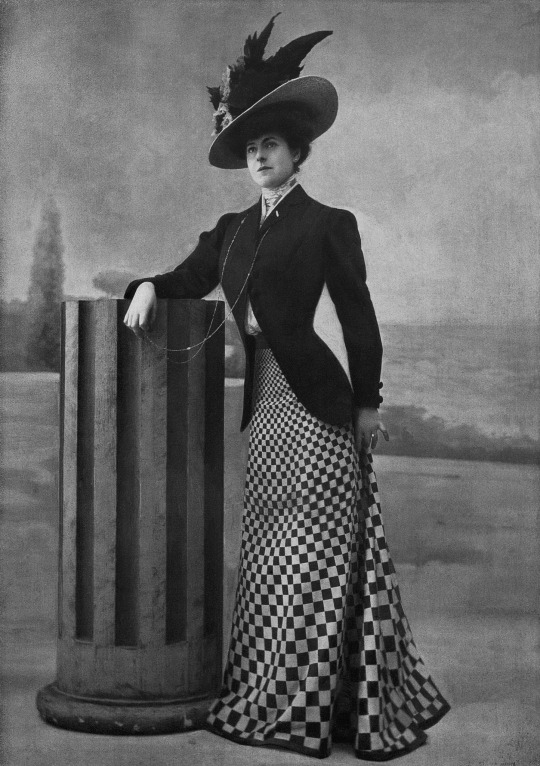
1908 (April issue) Les Modes - Costume tailleur (jupe sans couture) par Linker & Co - photo by Félix, del.. From gallica.bnf.fr; fixed spots & flaws w Pshop 1519X2209.
#1908 fashion#1900s fashion#Belle Époque fashion#Edwardian fashion#Linker & Co.#Félix#feathered hat#jacket#long sleeves#blouse#clerical neckline#pouter pigeon#close skirt
708 notes
·
View notes
Text

Oscar Bluhm (German, 1867–1912) • Soirée • 1907
This painting, dated 1907, depicts a social event with the two main female figures – the one standing with a gentleman, the other sitting with her back to the viewer – are wearing rather risqué dresses for the Edwardian era.
I like the painting, so I thought I'd use it as a springboard to discuss its atypical choice of dresses for the era. What's mostly seen in Edwardian evening attire, circa 1907, looks like this:


Plenty of lace, yes but generally not sleeveless or cut too low in front or back. Drapey, sheer panels and wraps were popular, as shown in the image on the left. On the right we see a dress with an S silhouette, which lasted only a couple of years and gave way to the more relaxed fashions depicted in the left image.
I did, however, find several photographs of actresses from the early 1900s who are wearing what we now call "bodycon" dresses; curve-hugging, sleeveless or off-shoulder, and low-cut.


The actress on the right is Ethel Barrymore.
So perhaps the women depicted in the painting are actresses, daring socialites, or escorts.
#art#fashion history#painting#genre painting#art history#daring dresses#women's fashion history#edwardian fashion#belle époque#robe de diner#actresses of the belle époque#ethel barrymore#the resplendent outfit blog#fashion history blog
68 notes
·
View notes
Text


Evening Dress
c. 1907-1909
Madame Laferrière
The National Museum of Norway
#1900s#Edwardian#belle époque#belle epoque#fashion history#dress history#historical fashion#frostedmagnolias
2K notes
·
View notes
Text
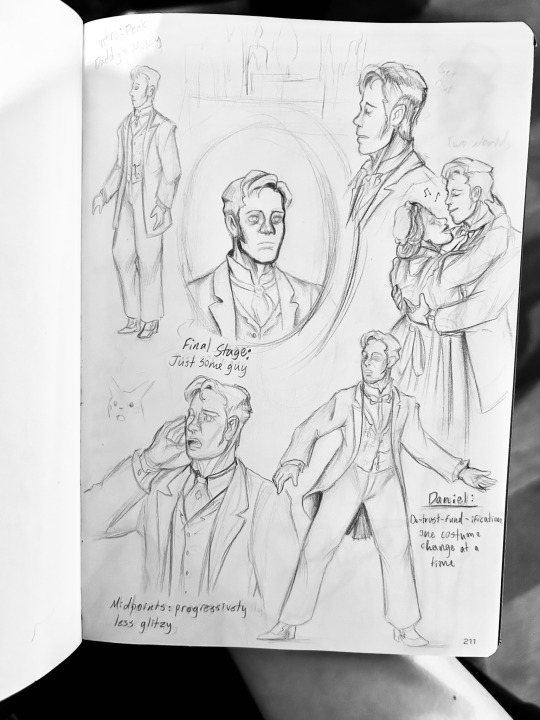

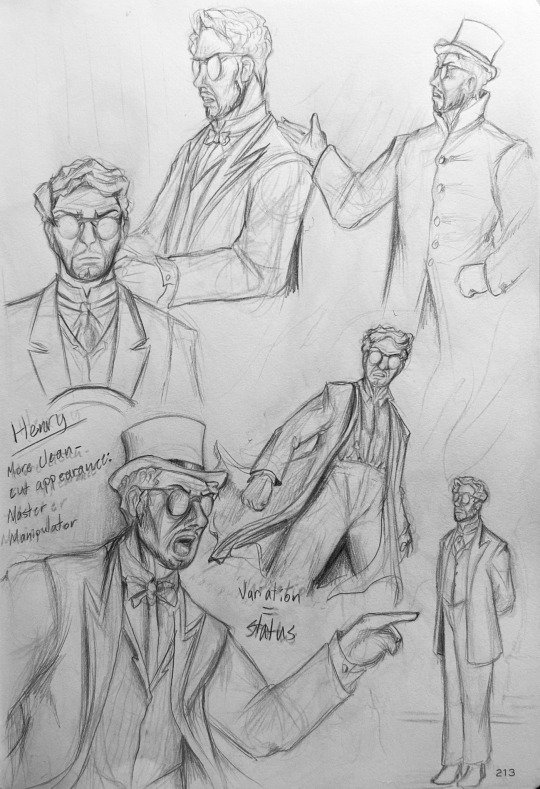
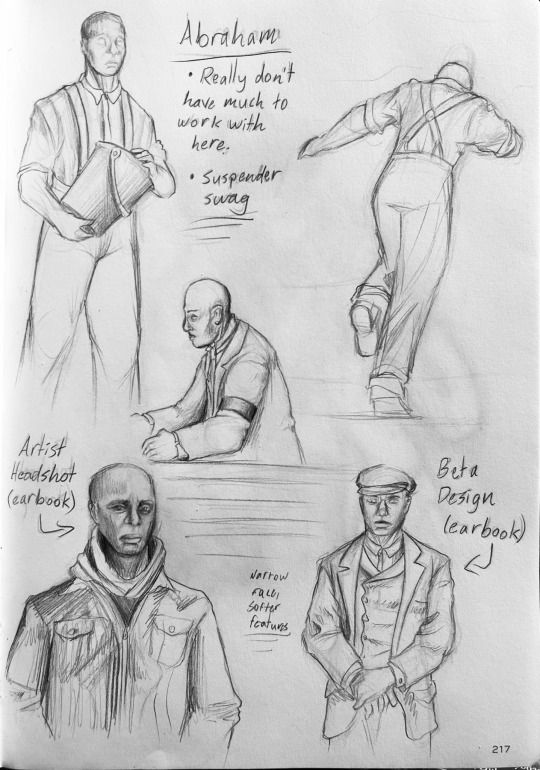
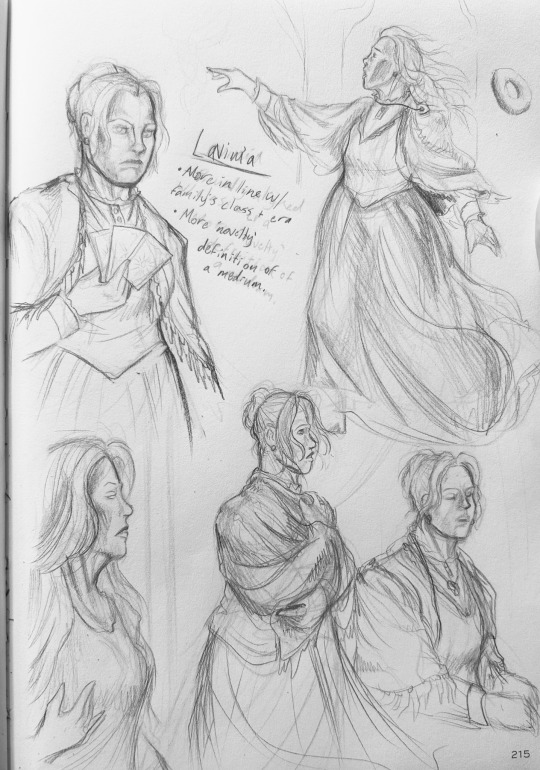
Transitus Comic Studies
These were meant to be colored but alas. Faulty art supplies. Still like these sketches though! They’re lifted from the OG comic book. The idea was to only use direct poses and scenes from the source material and try to infuse some more productive character design into them.
Focus on status of a given character (and changes in it) and some stronger air of historical reference, kept as far away from my own personal head canons of the characters and their backstories as possible.
Really had fun with these. Great figure practice ✏️
#ayreon#transitus#art#tldr of the essay these came with that ill never post:#Daniel’s character is extremely static and he never develops#him looking more and more middle class looking the further he strays from his family and home could help that along a bit#Abby is hypersexualized to no justifiable end and it makes her horrifying story arc a lot harder to take seriously#the progressive loss of structure in her funeral dress could mirror her mental state in act II and have a parallel with Daniel in Act I#Henry is well designed but he’s not communicating the type of asshole that he actually is#hes manipulative and careful and purposefully physically removed from the awful shit he does#he’s obsessed with upholding his own and by extension his family’s reputation and thus has the most incentive to look pristine + respectabl#also too hats aren’t worn indoors that’s like a basic etiquette thing#Lavinia is a downright racial stereotype in an album telling you not to judge people by that sort of thing#in addition she drags every other character’s writing down with her nonsense motivations and gimmicks#at the very least take away the g*psy persona#Abraham…doesn’t have enough canon info to get any sort of informed design in there#but the belt he has in the comic wasn’t invented until the 1920s#it wouldn’t have killed Arjen to add a location for this story either#sketch#character design#character study#1880s#Victorian era#gilded age#belle époque#historical fashion#concept album#rock opera#arjen lucassen
19 notes
·
View notes
Text

Hortensia, Fernand Khnopff (Belgian), 1884
#fernand khnopff#19th century#19th century art#art#artwork#painting#oil painting#oil on canvas#belgian artist#hydrangea#belgian art#art history#paintings#belle époque#classical art#symbolism#historical fashion#fashion#women in art#still life#portrait painting#portrait#flowers in art#flowers#domestic interior
24 notes
·
View notes